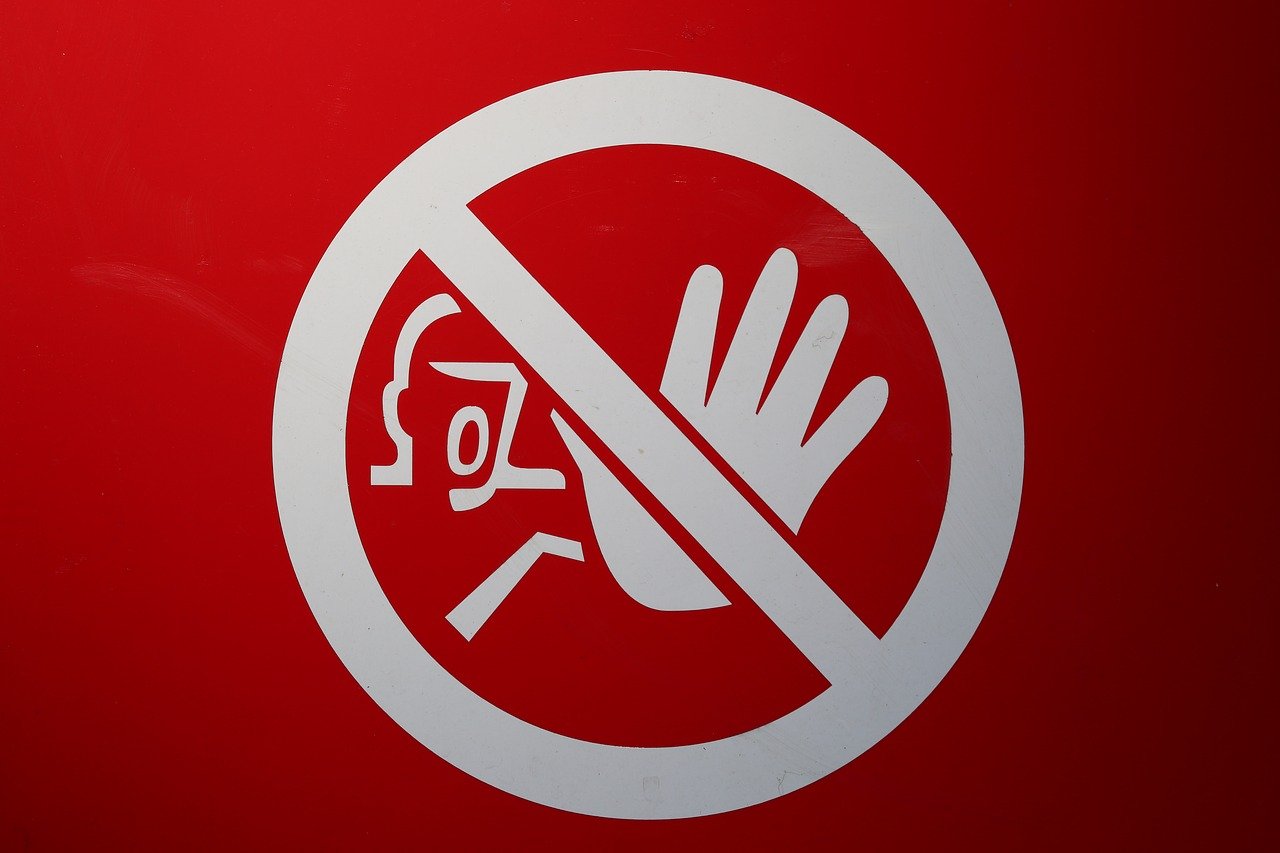Couples Therapy for Substance Abuse in Long Beach, California
Substance abuse can take a toll on any relationship, causing strain, mistrust, and a breakdown in communication. However, couples who are committed to healing together can find hope and support through couples therapy. In Long Beach, California, there are numerous resources available for couples seeking relationship counseling and substance abuse treatment. By addressing the underlying issues of addiction and working towards recovery as a team, couples can strengthen their bond and create a healthier, more fulfilling life together.
The Importance of Couples Therapy in Addiction Recovery
When one or both partners in a relationship struggle with substance abuse, it can have a profound impact on the dynamics of the relationship. Trust may be broken, communication may become strained, and conflicts may arise more frequently. Couples therapy provides a safe and supportive environment for couples to address these issues and work towards healing together.
One of the key benefits of couples therapy in addiction recovery is the opportunity to rebuild trust. Substance abuse often leads to broken promises, lies, and deceit, eroding the foundation of trust in a relationship. Through therapy, couples can learn effective communication skills, rebuild trust, and establish healthy boundaries.
Additionally, couples therapy can help partners understand the underlying causes of addiction and address any unresolved issues that may contribute to substance abuse. By exploring these root causes together, couples can gain a deeper understanding of each other and develop healthier coping mechanisms.
Healing Together: Couples in Recovery
Recovery from substance abuse is a lifelong journey, and having a supportive partner can make a significant difference in the success of that journey. Couples in recovery can provide each other with emotional support, accountability, and motivation to stay on track. Through couples therapy, partners can learn how to navigate the challenges of recovery together and create a strong foundation for a healthy and fulfilling future.
One of the key aspects of healing together is learning effective communication skills. Substance abuse often hinders clear and open communication, leading to misunderstandings and conflicts. Couples therapy can help partners improve their communication skills, allowing them to express their needs and emotions in a healthy and constructive manner.
Additionally, couples in recovery can benefit from learning healthy coping mechanisms and stress management techniques. Substance abuse often stems from an attempt to cope with underlying emotional pain or stress. By developing healthier ways to cope with these challenges, couples can support each other in maintaining sobriety and building a healthier life together.
Substance Abuse Treatment in Long Beach
Long Beach, California, offers a range of substance abuse treatment options for couples seeking help. From detoxification programs to outpatient counseling, couples can find the support they need to overcome addiction and strengthen their relationship.
One of the first steps in substance abuse treatment is detoxification, which involves removing the addictive substance from the body. Detoxification can be challenging, both physically and emotionally, but with the support of a treatment center, couples can navigate this process together.
After detoxification, couples can participate in individual and group therapy sessions to address the underlying causes of addiction and develop strategies for maintaining sobriety. Couples therapy is an integral part of the treatment process, as it allows partners to work through relationship issues and rebuild trust.
In addition to therapy, Long Beach offers support groups and community resources for couples in recovery. These groups provide a safe and supportive environment for couples to share their experiences, gain insight from others who have gone through similar struggles, and build a network of support.
Conclusion
Couples therapy for substance abuse in Long Beach, California, offers hope and healing for couples seeking to overcome addiction and strengthen their relationship. By addressing the underlying issues of addiction, rebuilding trust, and developing healthy coping mechanisms, couples can embark on a journey of recovery together. With the support of treatment centers, therapy, and community resources, couples can build a healthier, more fulfilling life free from substance abuse.




Recent Comments